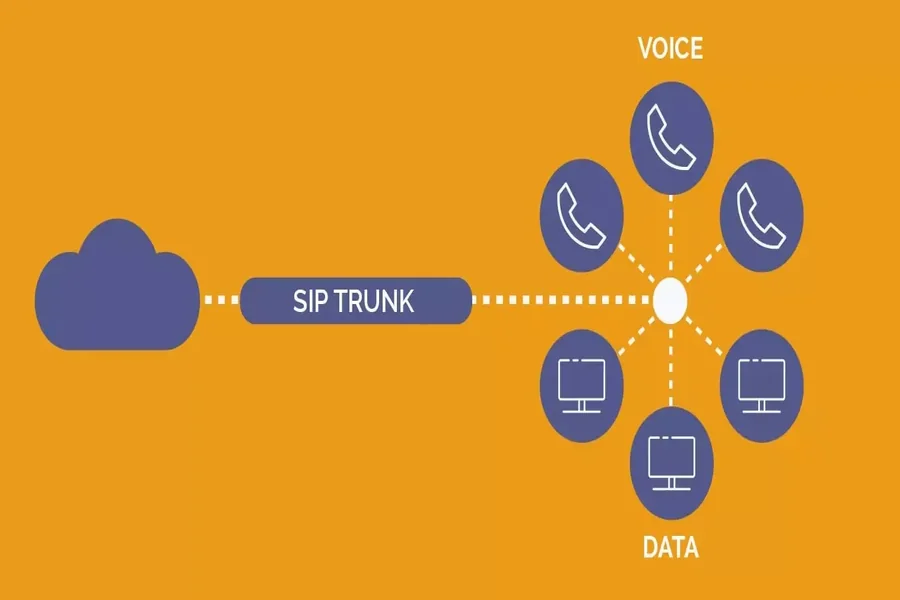By mid-2025, business communication will have moved far beyond traditional voice calls, embracing flexible, cloud-native, and mobile-first solutions that replicate the functions of in-house PBX systems—only smarter and more scalable. Analogue SIP trunking acts as a backbone in such a transformation so that business entities can develop unified communication infrastructures cheaply and scalably in nature.
With the full rollout of 5G nearing completion, with full remote working becoming the house standard, SIP trunking, originally being an infrastructure tool, is now quickly gaining real business-enabling status. Its ability to support high-quality voice, video, and messaging over the internet positions it as a core driver of digital communication strategies in the modern enterprise.
1. Cloud-Native Communication by Default
In 2025, businesses have stopped purchasing on-premise phone systems, and communication is carried out in the cloud. SIP trunk providers stay in the middle of this transition; they provide telecoms with services for the routing of voice, video, and messaging traffic over IP networks, thereby eliminating expensive legacy circuits, yet being a straightforward integration for Microsoft Teams, Zoom, and the UCaaS tools.
On the back end, it promotes the development of a constant stream of communication at an absolute location-agnostic level, with communication scaling according to your workforce.
2. Global Reach with Local Presence
In this generation, companies operate without geographical boundaries; hence, SIP trunk providers provide worldwide coverage with local caller IDs, number portability, and observance of regional telecom regulations. It has become an avenue through which companies are given local presence in multiple countries without having to set up offices is extremely crucial in the remote setup of sales, support, and operations teams.
3. Integration of AI and Analysis
In 2025, communication is more than just connection; it is all about using insights. Modern SIP trunking interfaces with AI-powered analytics tools to assist in assessing call quality, anomaly detection, analyses of usage trends, and possible security threats that arise in real-time.
These advanced SIP services have dashboards and APIs that push real-time communication data into CRM or customer service systems, or a business intelligence platform, to be further analysed as a strategic asset.
4. Disaster recovery and greater reliability
The idea of downtime is nonexistent considering a 24-hour economy. Hence, SIP trunking providers found a means to force redundancy, smart routing, and fail-over mechanisms into the system. So, in the rare case of a data centre going down, calls get immediately redirected to another, ensuring the continuity of business during outages, cyberattacks, or natural disasters.
5. Flexible pay-as-you-grow models
Since prices are now flexible, SIP trunking is becoming a solution for startups and small businesses without any long-term contracts or over-provisioning of resources. Providers have developed pay-as-you-go systems and billing based on actual usage that reflect real demand for the user. From a growing e-commerce brand to worldwide establishment, you get enterprise-grade communication.
Conclusion
In 2025, SIP trunk providers will not just be engaged with routing calls but forming the structure of business communications in itself. Through the provision of scalable, intelligent, and secure communications infrastructure, these entities allow companies to connect faster, work smarter, and build a worldwide footprint with ease. Therefore, SIP trunking is not just another technology upgrade for companies looking to remain ahead of the pack; it is a sharpened strategic tool.




